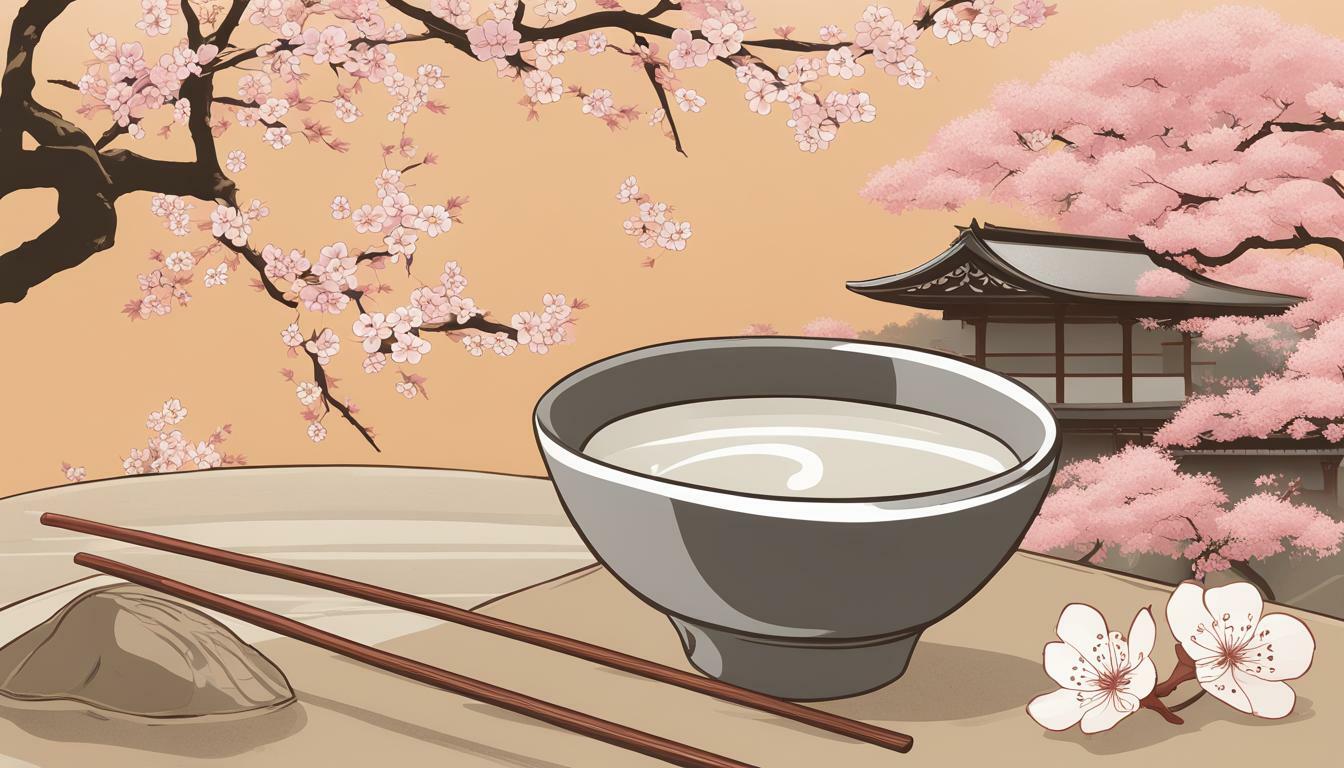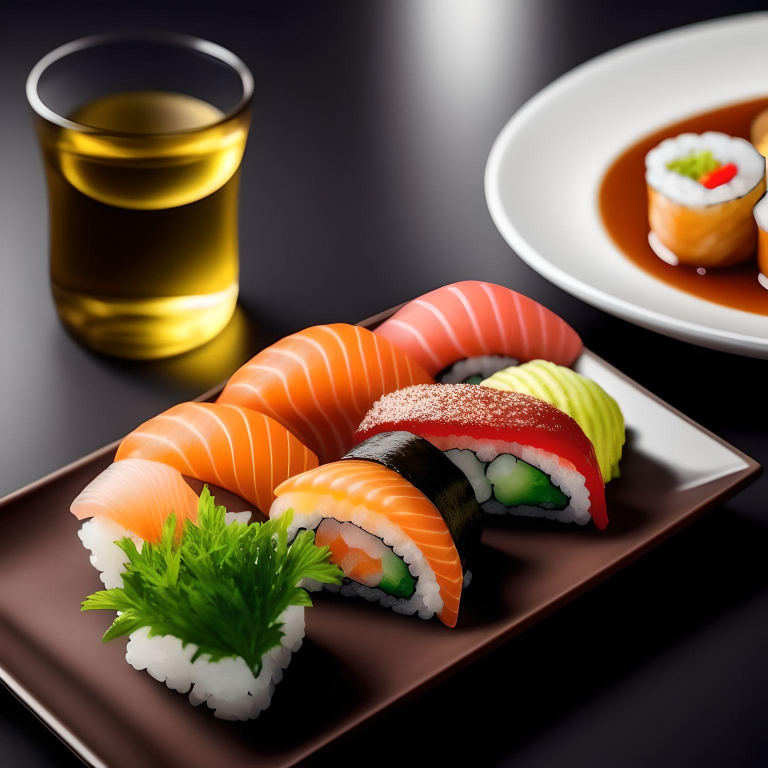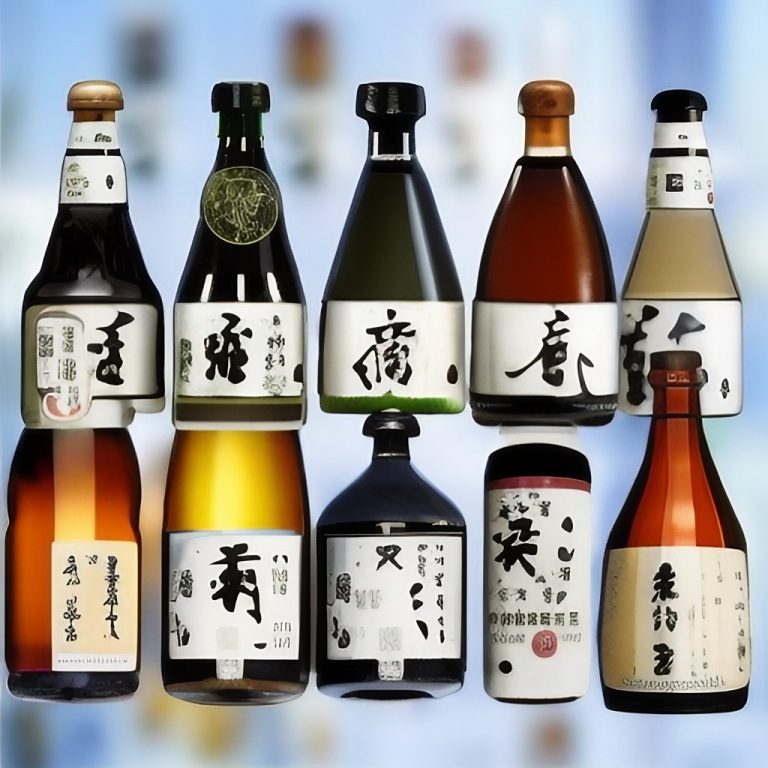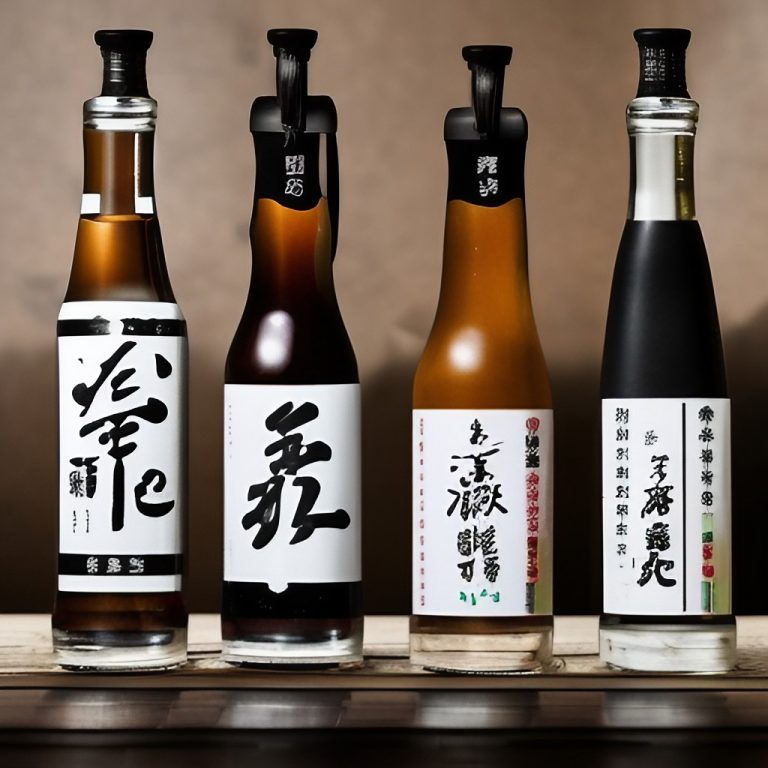Discover How to Say Sake in Japanese – A Quick Guide
Have you ever wondered how to correctly say “sake” in Japanese? Whether you’re planning a trip to Japan, interested in Japanese culture, or simply curious about the language, mastering the pronunciation of this word is an essential step. In this guide, we’ll provide a step-by-step breakdown of how to say “sake” in Japanese, as well as explore its cultural significance and diversity.
Key Takeaways
- Learn the correct pronunciation of “sake” in Japanese
- Understand the cultural significance of sake in Japan
- Explore the diversity of sake in Japan
Understanding the Pronunciation of Sake in Japanese
Are you struggling to pronounce “sake” correctly in Japanese? Don’t worry, we’re here to help! In this section, we’ll break down the pronunciation of “sake” and provide a step-by-step guide to saying it like a native speaker.
The Basics of Sake Pronunciation
First things first, let’s learn the basic sounds of the word “sake” in Japanese. The word is made up of two syllables: sa and ke. In Japanese, each syllable is pronounced with equal emphasis, making it sa-ke.
However, the “a” sound in “sa” is slightly different from what we usually hear in English. It is pronounced like “ah,” with an open mouth and a relaxed throat. The “e” sound in “ke” is similar to the “e” in “bed,” but with less emphasis on the “d.”
Pronouncing Sake Accurately
Now that we know the basic sounds, let’s break down the proper pronunciation of “sake” in Japanese:
| Japanese | Romanized | Phonetic |
|---|---|---|
| 酒 | sake | sah-keh |
Remember to give equal emphasis to both syllables and use the correct vowel sounds. Practice saying it slowly at first, and gradually speed up until you feel comfortable pronouncing it fluently.
Sake Pronunciation Nuances
Finally, it’s worth noting that there are a few nuances to the Japanese pronunciation of “sake” that may take some practice to master.
For example, the “a” sound in “sa” should not be dragged out, but rather pronounced quickly and sharply. Additionally, the “e” sound in “ke” should be very short and light, almost like a whisper. This will give your pronunciation a more natural and accurate feel.
By following these tips, you’ll be able to confidently pronounce “sake” in Japanese and impress your Japanese-speaking friends!
The Cultural Significance of Sake in Japan
Now that we have covered the correct pronunciation of “sake” in Japanese, it’s important to understand its cultural significance. Sake has been an integral part of Japanese culture for centuries, with its history dating back to the 3rd century BC. It is often associated with celebrations, such as weddings and New Year’s Eve, and is a staple at traditional Japanese events.
In Japanese culture, sake goes beyond just a beverage, and it holds an essential place in many rituals. It’s customary to offer sake to the gods during Shinto ceremonies, and it’s also used in purification rituals. Sake is also used to express gratitude and respect, such as when offering it to guests.
The taste and quality of sake have traditionally been associated with the region where it’s produced. Each area has its distinct style, characterized by different types of rice, yeast, water, and production methods. Sake brewing is considered an art form in Japan, and many sake breweries have been passed down through families for generations.
Furthermore, there are several cultural customs related to the serving and drinking of sake. For example, it’s customary for someone to pour drinks for others at the table and never pour their own. Also, it’s polite to wait for everyone at the table to have their drinks poured before making a toast.
By understanding the cultural significance of sake in Japan, you can not only appreciate the word “sake” in its full context but also gain insight into the rich traditions and customs that permeate Japanese society.
Using Sake in Conversations and Context
Now that you know how to say sake in Japanese, it’s time to explore how to use it in conversations and various contexts. Here are some practical examples to help you become more comfortable and fluent in your sake-related conversations.
At a Restaurant
When ordering sake at a Japanese restaurant, you can say “sake o kudasai” (pronounced sah-keh oh koo-dah-sah-ee), which means “please give me sake.” If you want to ask the server for a recommendation, you can say “osusume no sake wa nanidesu ka?” (pronounced oh-soo-soo-meh no sah-keh wah nah-nee-deh-soo kah), which means “what is your recommendation for sake?”
Talking About Flavors
When discussing the flavors of sake, you can use the phrase “karakuchi” (pronounced kah-rah-koo-chee), which means “dry” or “sharp.” For a sake that is sweeter, you can say “amakuchi” (pronounced ah-mah-koo-chee), which means “sweet.”
Sake Breweries
When talking about sake breweries, you can use the phrase “sakagura” (pronounced sah-kah-goo-rah), which means “sake brewery.” To ask for assistance in finding a brewery, you can say “sakagura o sagashite imasu” (pronounced sah-kah-goo-rah oh sah-gah-shee-teh ee-mah-soo), which means “I’m looking for a sake brewery.”
By using these common phrases and expressions, you can confidently navigate sake-related conversations and enhance your language skills. Remember to always consider the cultural context and pronunciation when using the word “sake” in Japanese.
Exploring the Diversity of Sake in Japan
Now that we understand how to pronounce “sake” in Japanese, let’s explore the different variations of this beloved beverage. Sake is not just a single type of drink, but a diverse category that encompasses a range of styles and variations.
One way to distinguish types of sake is by the degree to which the rice is polished. The polishing process removes the outer layers of the rice grain, which affects the flavor and texture of the final product. Sake with a high degree of polishing, such as “ginjo” or “daiginjo,” is considered more refined and delicate in flavor.
| Type of Sake | Polishing Ratio | Description |
|---|---|---|
| Junmai | 70% | A full-bodied, rustic sake with a rich flavor and aroma. |
| Ginjo | 60% | A fragrant and fruity sake with a light, clean flavor. |
| Daiginjo | 50% | A highly polished sake with a delicate, floral flavor. |
Sake also varies regionally, with different areas of Japan producing unique styles and flavors. For example, sake from the Niigata prefecture is known for its clean and crisp taste, while sake from Hiroshima is known for its rich umami flavor.
Finally, the production process of sake is another key factor in its diversity. The traditional method involves handcrafting the sake in small batches, while modern methods use mechanization and technology to produce large quantities. Some breweries also specialize in producing artisanal, limited-edition sake that are highly sought after by enthusiasts.
By exploring the diverse varieties of sake in Japan, we can gain a deeper appreciation for this beloved beverage and the craftsmanship behind its production. Whether you prefer a full-bodied junmai or a delicate daiginjo, there is a sake out there for every taste preference.
Conclusion
So, there you have it – a quick guide on how to say “sake” in Japanese! We hope this article helped you understand the pronunciation and cultural significance of the word, as well as its diversity and usage in various contexts.
Remember, correctly pronouncing “sake” in Japanese is not only important for language learning but also shows respect for Japanese culture and customs. By understanding its rich heritage, you can appreciate the word “sake” in a deeper and more meaningful way.
Whether you’re ordering sake at a restaurant, discussing its flavors with friends, or exploring its different varieties, we encourage you to embrace the cultural significance and diversity of sake in Japan.
So, next time you’re sipping on a delicious glass of sake, take a moment to appreciate the word and all it represents – from Japanese tradition and craftsmanship to its social and cultural significance.







